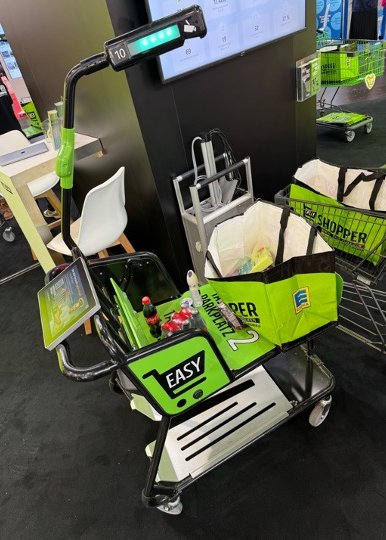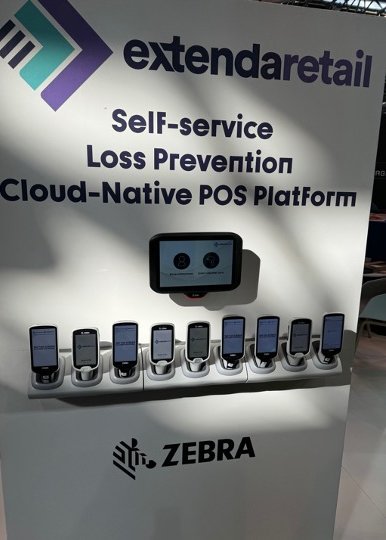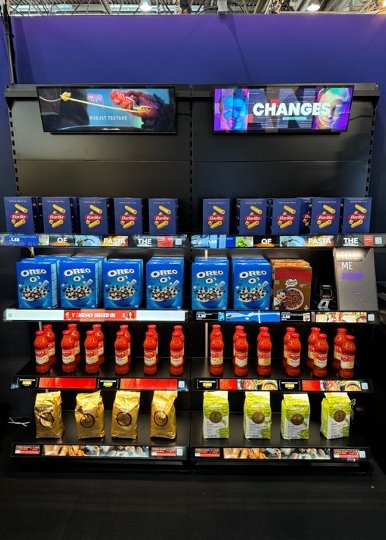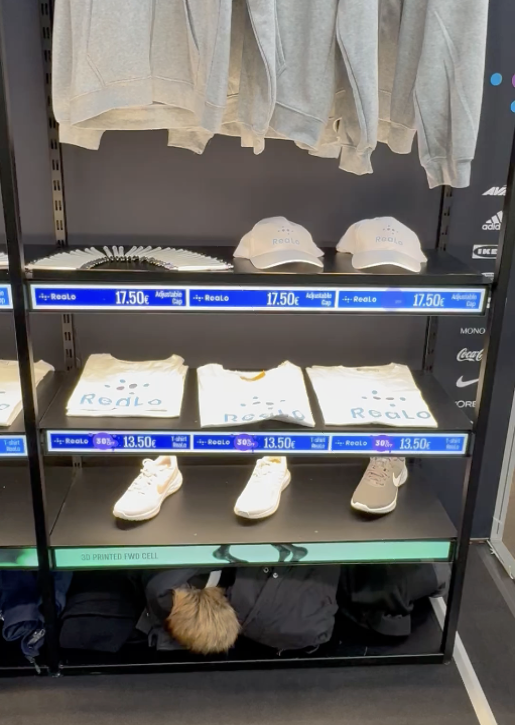
The main trends of EuroCIS 2024
What's happening in retail in terms of AI, Analytics, and Automation:
In-store retail media
In-Store Retail Media utilizes existing retailer infrastructure such as displays, price tags, and screens to convey targeted and context-relevant messages. These platforms can be linked with external advertising platforms to maximize reach and effectiveness. This win-win situation aids retailers in increasing their advertising revenue and personalizing customer engagement. Simultaneously, it enables manufacturers to interact directly with customers in the retailer's physical store and promote their products.
AI-enhanced Sensor Data
The integration of artificial intelligence in retail offers the opportunity to make the shopping experience more efficient and personal for both customers and retailers. The AI Store Assistant enhances customer interaction in stores through voice-controlled interfaces, which not only handle inquiries and provide recommendations but also make the shopping process smoother. Additionally, AI-based computer vision enables retailers to track and analyze customer behavior, facilitating the optimization of store layout and product placement. By utilizing sensor data, including the tracking of foot traffic, retailers can enhance efficiency while improving the customer shopping experience. AI-powered category management plays a crucial role in making informed decisions at the SKU level, ultimately leading to inventory optimization, assortment adjustments, and the creation of personalized offers for customers.
next-level Electronic Shelf labels
Next-Level Electronic Shelf Labels (Enhanced ESL) are an advanced form of electronic price tags in retail. These price tags enable retailers to adjust prices flexibly without having to print and replace new price tags every week. Moreover, battery power is not a concern as they can be powered by solar energy. Additionally, they offer many more possibilities beyond simply displaying prices. By incorporating sensors, for example, real-time inventory monitoring or activating surveillance cameras for high-value items can be achieved. Simultaneously, they can also serve as advertising space, extending their utility beyond their primary purpose of providing information.
Some impressions...


Engaged rails
'Engaged Rails' combine next-level electronic shelf labels with digital signage to create an innovative platform enabling real-time interactive customer engagement. By integrating real-time promotions and online discounts, retailers can dynamically adjust their offerings and directly engage customers at the point of sale. Additionally, sensors measure customer behavior and emotions, aiding retailers in continuously optimizing their strategies and enhancing the shopping experience.
Digital receiPts
Another noteworthy subject is digital receipts. This solution enables customers to receive their receipts digitally, accessible through methods such as email, QR code, or an app. Compared to traditional paper receipts, digital versions are not only more environmentally friendly but also offer improved organization and easier storage. Moreover, they facilitate enhanced customer feedback opportunities, allowing retailers to gather input promptly after purchases to refine their services continuously. Additionally, digital receipts seamlessly integrate discount promotions or personalized offers, bolstering customer retention while also expanding upselling potential.
Selective SCO (Self-Check-Out)
The Self-Check-Out (SCO) technology offers customers the opportunity to independently scan and pay for their purchases. While the hardware of these systems is now at a high level, broad consumer acceptance, particularly in the DACH region, still heavily relies on comprehensive guidance. Despite this challenge, the benefits of SCO are clear. By relieving staff from basic cashier tasks, employees can dedicate more time to customer interaction. This not only leads to more efficient operations but also boosts revenue as customer service improves and potential upselling opportunities arise. Overall, SCO demonstrates that automation in retail not only enhances efficiency but also improves the quality of customer service.
Retail is undergoing a significant transformation, largely driven by the use of Artificial Intelligence and Automation. Increasingly, innovations are playing a crucial role in how businesses position themselves in the market and differentiate from one another. These innovations not only offer opportunities to enhance customer satisfaction but also enable cost reduction and increased competitiveness.
Through the targeted deployment of automation tools and AI, retailers can create personalized customer experiences, better manage products, and optimize supply chains.




